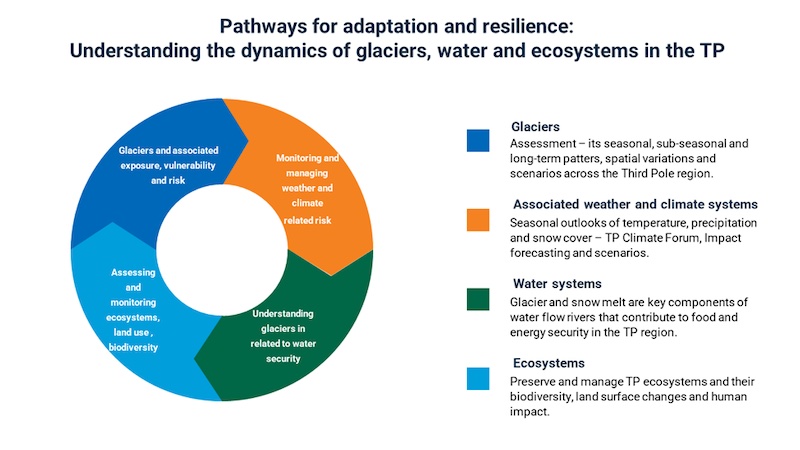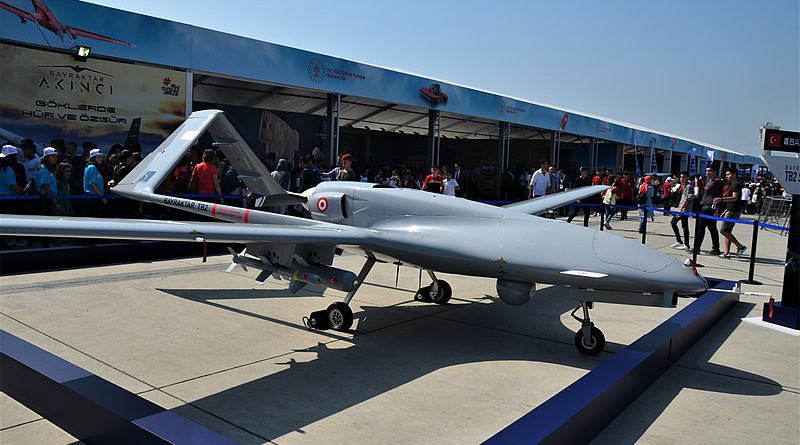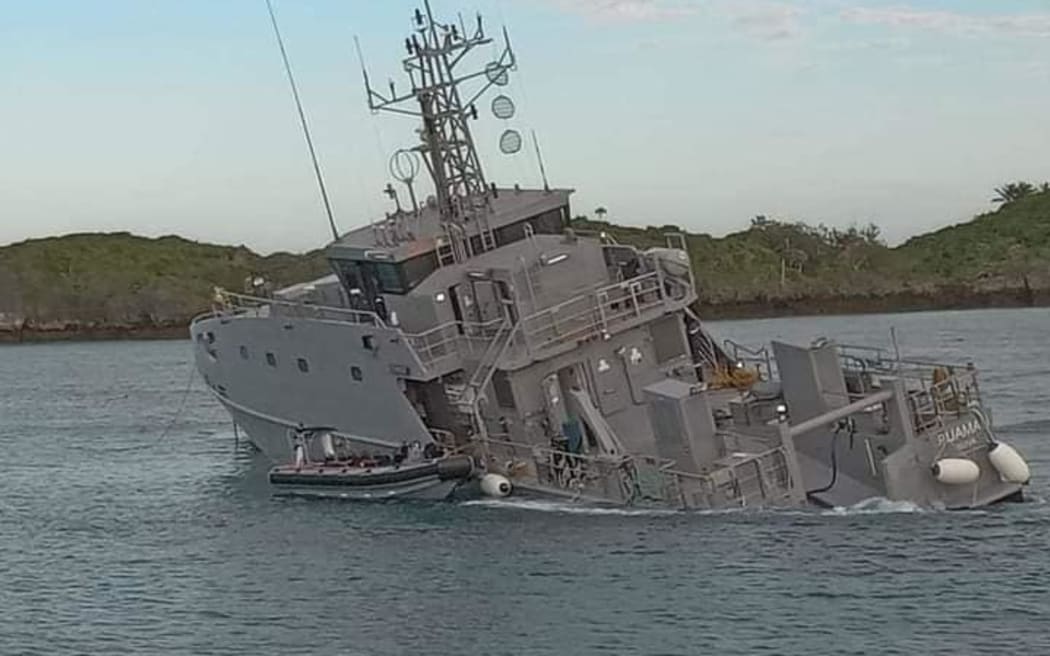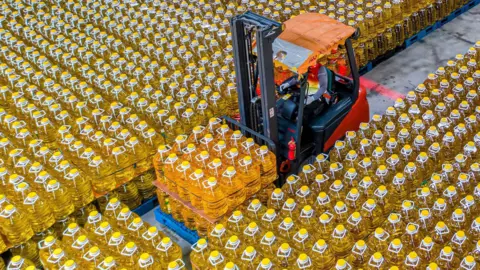By Can Kasapoğlu
Introduction
The NATO Parliamentary Assembly’s Science and Technology Committee considers emerging and disruptive technologies (EDTs) capable of transforming future military capabilities and warfare through advanced tech applications. Today, official documents indicate that NATO’s EDT-generation efforts focus on nine areas: artificial intelligence (AI), autonomous systems, quantum technologies, biotechnology and human enhancement technologies, space, hypersonic systems, novel materials and manufacturing, energy and propulsion, and next-generation communications networks.
This brief does not cover all of Turkey’s defense-technological capabilities but aims to outline Turkey’s growing focus on EDTs and high-tech advancements. Some signature programs reflect Turkey’s political-military approach and the trends in defense-technological and industrial policies. These programs hint at Ankara’s future military modernization efforts and smart assets. This paper highlights some of Turkey’s critical defense tech programs, focusing on AI, robotics, directed energy weapons, and future soldier/exoskeleton technologies to illustrate the comprehensive and integrated structure of the Turkish EDT ecosystem.
Emerging and disruptive technologies, the future of war, and NATO
Breakthroughs in EDTs are essential for NATO’s future military strength. They will significantly impact defense economics and help shape NATO’s defense-technological and industrial priorities. These efforts involve not just state policies but also public-private partnerships and transatlantic cooperation for sustainable and comprehensive EDT initiatives.
NATO supports these projects through initiatives like the Defence Innovation Accelerator for the North Atlantic and the NATO-Private Sector Dialogues, which explore collaboration between NATO and private companies on technology and defense.
According to Greg Ulmer, currently president of Lockheed Martin Aeronautics, “the decisive edge in today and tomorrow’s missions will be determined by combining technologies to bring forward new capabilities.” This view is shared by US Defense Secretary Lloyd Austin, demonstrating the importance of AI in Washington’s military modernization efforts to deter adversaries in a future confrontation. There seems to be a consensus in the Western policy community that integrating AI and machine learning into modern battle networks, perhaps the most critical contemporary EDT applications in defense, is essential to succeed in tomorrow’s wars. In an era of increasingly digital and transparent warfare, rapid technological adaptation is key to success.
Smart technologies are proliferating fast, and continuous innovation has become a strategic requirement in today’s geopolitical landscape. AI-augmented precision kill chains, hypersonic weapons within mixed-strike packages, and satellite internet-enabled command and control nodes are already changing warfare. The use of commercial satellite imagery and geospatial intelligence has revolutionized open-source intelligence. Facial recognition algorithms are now used in war crime investigations. Robotic warfare, drone-on-drone engagements, and manned-unmanned teaming are all changing the characteristics of war for better or worse.
Defense economics is also changing. Start-ups are becoming increasingly essential actors in military innovation. According to McKinsey & Company, the number of seed funding rounds in defense and dual-use technology (in the United States) almost doubled between 2011 and 2023, hinting at a rapid proliferation of start-ups in the high-tech defense industry. This trend is fostering new collaborations. NATO is leveraging the strengths of the start-up industry with a $1.1 billion Innovation Fund and is reportedly working with several European tech companies on robotic solutions, AI-driven systems, and semiconductors.
Keeping up with innovation is like boarding a fast-moving train, where getting a good seat ensures a strategic advantage over competitors. By investing in holistic, across-the-spectrum EDT-generation efforts, Turkish decision-makers seem to recognize this imperative.
Great expectations: Turkey in the high-technology battlespace
Turkey has faced challenges with industrial advancements, lagging behind in the Industrial Revolution. For instance, the country’s first main battle tank is still not in service. Despite ambitions to operate its fifth-generation combat aircraft, Kaan, within a decade, Turkey has not ever produced third- or fourth-generation tactical military aircraft. This situation is striking given that Turkey excels in producing and exporting state-of-the-art drones but has struggled with other key conventional military assets.
According to Haluk Bayraktar, CEO of the prominent Turkish unmanned aerial systems manufacturer Baykar, missing out on the Industrial Revolution has slowed Turkey’s military modernization. However, it also pushed the country to leverage digital age technologies, building new strengths in intelligent assets and EDTs.
In recent decades, Turkey’s military-industrial sector has focused heavily on innovation and increasing research and development, driven by a desire for self-sufficiency and operational sovereignty. The country’s National Artificial Intelligence Strategy 2021-2025 outlines these ambitions. Forming the central pillar of the government’s AI policy, the document “focuses on generating value on a global scale with an agile and sustainable AI ecosystem.” The strategy also lays out the strategic pillars of the effort, including strengthening international collaboration, encouraging innovation, and increasing the number of experts working on AI.
Similarly, the 2023-2027 Sectoral Strategy Document of the Turkish Presidency of Defense Industries outlines several focus areas for Turkey’s future EDT efforts. These include quantum computing, nanotechnology, and directed energy weapons. The document also highlights the importance of establishing a sustainable, resilient production and testing infrastructure for advanced aerial platforms and increasing the competitiveness of Turkey’s high-tech defense exports.
Selected military programs
Kemankeş loitering munitions baseline
Turkey’s aerial drone warfare capabilities first gained attention with medium-altitude long-endurance (MALE) and high-altitude long-endurance (HALE) platforms such as the Bayraktar TB-2 MALE drone, Akıncı HALE unmanned aerial vehicle (UAV), and TUSAS’ Anka MALE drone baseline. Recently, Turkey’s has advanced further in this field, developing smart aerial assets such as the Kemankeş family.
The Kemankeş, introduced by Baykar in 2023, is a “mini-intelligent cruise missile” that combines features of loitering munitions and cruise missiles. It can carry a 6-kilogram payload, and operates autonomously with an AI-supported autopilot system, one-hour endurance, and a jet engine. The Kemankeş is designed for both striking targets and conducting intelligence, surveillance, target acquisition, and reconnaissance missions. It can be integrated with other aerial drones, making it a versatile tool in modern warfare.
The Kemankeş system offers advanced datalinks and sensors, providing real-time battle updates while targeting adversaries. The upgraded version, Kemankeş-2, boasts a range of over 200 kilometers and an AI-supported autopilot system for precise, autonomous flight. Baykar announced that Kemankeş-2 passed its system verification tests in June 2024.
Kemankeş-2 can operate day and night, in various weather conditions, and in environments where GPS is jammed. Its AI-supported optical guidance system demonstrates Turkey’s rapid advancements in robotic aerial technology.
Naval and ground robotic warfare capabilities
Russia’s war on Ukraine and the ongoing turmoil in the Red Sea have highlighted the importance of kamikaze naval drones. In the Black Sea, Ukraine has used unmanned surface vehicles (USV) compensate for its lack of conventional naval capabilities. It has successfully eliminated about one-third of the Russian Black Sea Fleet with naval drones and other long-range capabilities such as the Storm Shadow/SCALP-EG air-launched cruise missiles and coastal defense missiles. Similarly, in the Red Sea, Iranian-backed Houthis have employed low-cost kamikaze USVs effective anti-access/area-denial assets, disrupting global maritime trade and limiting Western commercial activities in the region. Some assessments suggest that the United States should consider forming “hedge forces” consisting entirelyof unmanned, low-cost systems to counter initial aggression from a peer opponent, such as in a scenario involving China invading Taiwan. This strategy would minimize harm to military personnel and the loss of valuable equipment.
Turkey has one of the largest USV programs within NATO, with about half a dozen ongoing projects. For example, Marlin, produced by the Turkish defense giant Aselsan and Sefine Shipyards, was the first Turkish naval drone to participate in NATO joint exercises, indicating potential for coalition warfare.
Turkey is also advancing its ground warfare capabilities, leveraging its expertise in robotics. Otokar’s Alpar is a recent example of an unmanned ground vehicle (UGV) that can map the battlefield in 2D and 3D, navigate without a global navigation satellite system, identify friend or foe, and has Advanced Driver Assistance Systems, low thermal and acoustic signature, and autonomous patrol capability. It can also serve as a “mother tank” for smaller UGVs, enhancing mission capability. Alpar has been showcased at major international defense exhibitions, including the Eurosatory 2024 event held in Paris in June.
In addition to developing new robotic systems, Turkey is focusing on innovative concepts like Havelsan’s “digital troops,” which integrate manned and unmanned teams to act as force multipliers on the battlefield. These efforts across multiple domains demonstrate Turkey’s vision of becoming a leading player in a “Mad Max”-like battlespace that combines conventional and smart assets.
Laser precision: Turkey’s drive in directed energy weapon projects
In Turkey’s expansion of EDTs, directed energy weapons and laser guns are gaining attention. The prominent Turkish arms maker Roketsan has introduced the Alka Directed Energy Weapon System, which has successfully completed live fire tests. The Alka system combines soft kill and hard kill capabilities, featuring both an electromagnetic jamming system and a laser destruction system.
Another key initiative is Aselsan’s Gökberk Mobile Laser Weapon System, first unveiled at the Turkish defense exhibition IDEF in 2023. Gökberk cansearch for, detect, and track UAVs using radar and electro-optical sensors, and then intercept these threats with an effective laser weapon. Additionally, Gökberk has soft kill capabilities, using its Kangal jammer subsystem to render UAVs dysfunctional. According to Aselsan, Gökberk can protect land and naval platforms, critical national infrastructure, and border outposts.
Turkish future soldier concepts
Turkey is also advancing future soldier technologies as part of its efforts in EDTs. The concept, pioneered by the United Kingdom within NATO, aims to create a modernized force by 2030. Shifting the focus of warfighting from close to deep battles, the British program seeks to transform the army into a resilient and versatile force that can find and attack enemy targets at a greater distance and with higher accuracy.
Ankara’s efforts in this segment are not new. A few years ago, BITES, a leading defense technology and intelligent systems manufacturer owned by Aselsan, developed the Military Tactical Operation Kit ATOK. Equipped with portable and wearable integrated technology, the solution in question was designed to enhance the situational awareness of Turkish troops in a rapidly changing battlefield and maximize personnel security. In line with the future soldier concept, BITES also produced several solutions based on virtual/augmented reality to provide realistic simulation environments.
Aselsan’s “Military Exoskeleton” is another visionary initiative designed to assist troops during demanding battlefield conditions. The exoskeleton provides over 400 watts of leg support. The support is adaptive and AI-supported, meaning that it understands and responds to the needs of the soldier wearing the smart suit. It has an 8-kilometer operation range on a single charge and transfers the soldier’s weight to the ground during long missions, reducing physical strain and improving combat performance.
The way forward: Opportunities and restraints
Keeping up with industrial trends in a competitive environment is challenging, and Turkey’s defense industry faces several obstacles that limit its full potential.
First, the Turkish defense industry is monopolized. There are structural gaps in the collaboration between the public and private sectors. Unlike other tech-driven nations like the United States, Turkey’s defense ecosystem is not very friendly to start-ups, with established companies dominating the field.
Second, Turkey has a shortage of skilled human capital, largely due to issues in higher education. According to 2022 OECD data, Turkey’s Program for International Student Assessment test scores fell below the OECD average in mathematics, science, and reading comprehension. In addition, evidence shows that in Turkey, the proportion of bachelor’s, master’s, and doctoral or equivalent graduates in the field of STEM (science, technology, engineering, and mathematics) is among the lowest among OECD and partner countries.
For sustainable and resilient defense innovation, R&D, business, and a well-educated workforce must go hand in hand. A good example is Baykar, whose chief technology lead was educated at the Massachusetts Institute of Technology, one of the United States’ leading engineering universities.
Third, high-technology goods comprise a relatively low share of Turkish exports. Despite a focus on high-tech products, over half of the gross value generated in the Turkish defense industry comes from low- and medium-technology products. In 2022, Turkey’s high-tech exports were approximately $7.5 billion, and in 2023, this figure exceeded $9 billion.
While Turkey’s strategic plans and defense industrial goals are ambitious, the abovementioned challenges could jeopardize its position as a leading EDT producer in the medium and long term. Addressing these issues is crucial not only for enhancing Turkey’s EDT edge but also for meeting NATO’s strategic needs.
Read on Atlantic Council.




